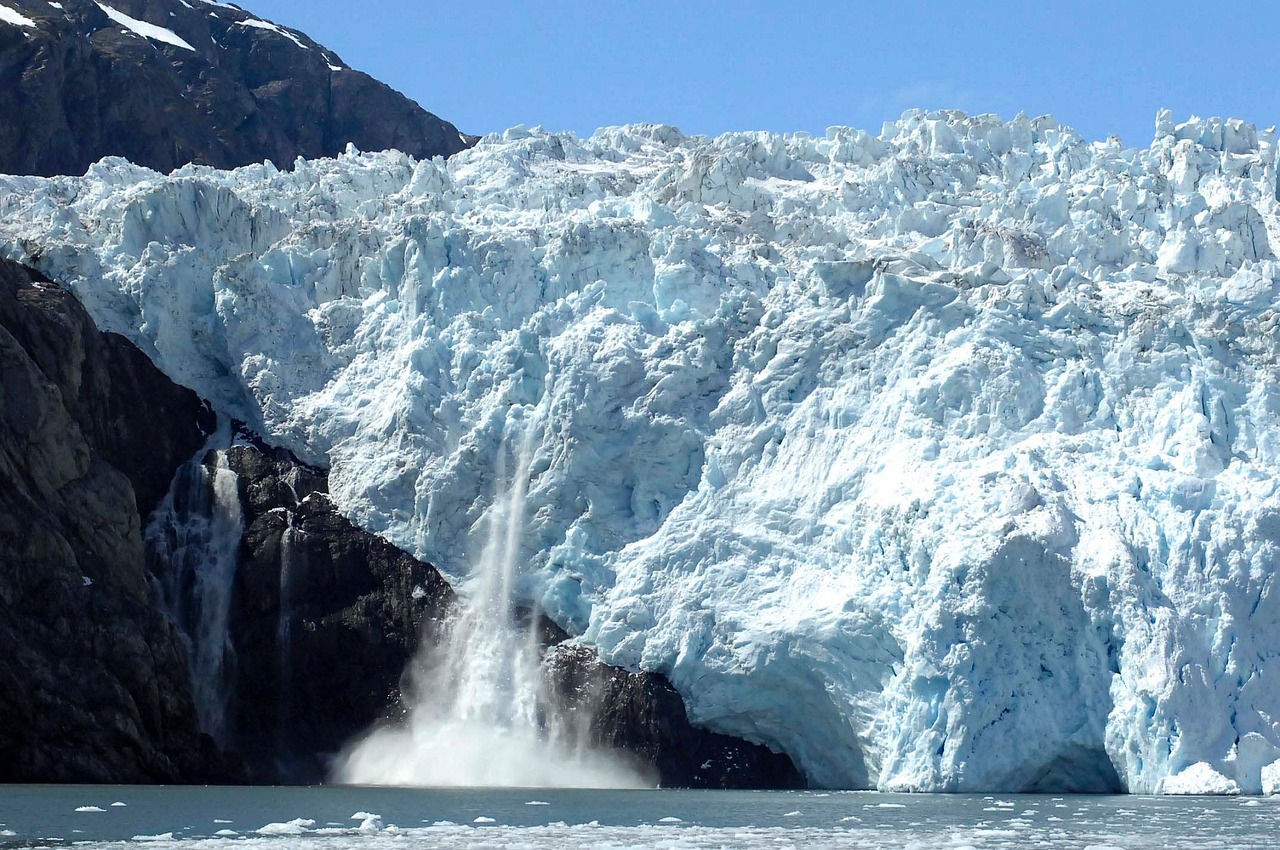It is with great shock to find that New Zealand’s glaciers have shrunk a third in its size in the past 50 years. Now, that may not seem so bad to most individuals, but at this pace, the glaciers are set to be 100% melted in the next 75 to 100 years, which sheds a little more light on the problem at hand.
Given that temperatures are rising more rapidly with time, it may even melt faster. Scientists have proven that more than ice is currently melting, which also seems to be increasing at the end of every annual summer. There has reportedly also been less snowfall recorded.
So far, the summer of 2018 has been reported as the hottest year globally, but particularly in New Zealand. The increased temperatures have caused a marine heatwave over the Tasman Sea, with oceanic temperatures increased by up to 7 degrees. Increased temperatures in the Tasman Sea was found to be an unusual occurrence until recent years.
What Does Rapidly Melting Glacier Mean for the Future of the World?
While a large portion of ice has been melting for years, the Australian bushfires have certainly contributed to the glaciers melting even fasters. With the temperature rising, and glaciers melting, the sea level is also rising, placing islands like Hawaii and surrounding islands of the Philippines at risk.
If the glaciers continue to melt at this pace, it could also cause the winter months of the year in New Zealand to become warmer, which could have a negative effect on weather patterns throughout the entire year.
Currently, scientists, including local glaciologists, are monitoring the glaciers. Although it doesn’t seem like anything can be down to slow down the melting thereof, climate change movements are currently underway globally, in the effort to hopefully implement enough change to stop the effects of climate change.
Get water cooler and bottled water dispenser from Living-Water in London.






